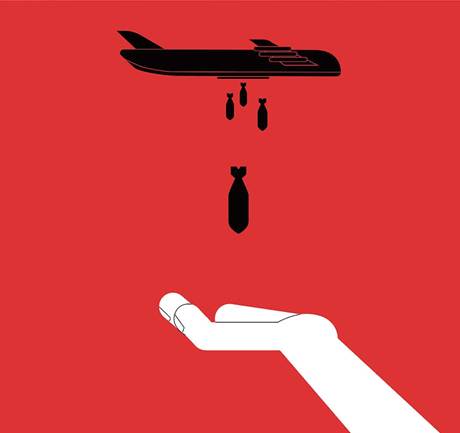Description

Copyright infringement not intended
Context: India had 160 nuclear warheads as on January 2022 and it appears to be expanding its nuclear arsenal, the Stockholm International Peace Research Institute (SIPRI), a defence think tank, said.
More on the news:
- The nine nuclear-armed states—the United States, Russia, the United Kingdom, France, China, India, Pakistan, Israel and the Democratic People’s Republic of Korea (North Korea)—continue to modernize their nuclear arsenals and although the total number of nuclear weapons declined slightly between January 2021 and January 2022, the number will probably increase in the next decade.
- China had 350 nuclear warheads in January 2021 as well as January 2022.
- India does not share official data on its nuclear arsenal.
- Russia and the USA together possess over 90% of all nuclear weapons.
- While India’s nuclear stockpile increased from 156 in January 2021 to 160 in January 2022, Pakistan’s nuclear stockpile has remained at 165, it claimed
- The five largest suppliers in 2016-20 - the United States, Russia, France, Germany and China - accounted for 76% of the total volume of exports of major arms.
- The five largest arms importers were Saudi Arabia, India, Egypt, Australia and China, which together accounted for 36% of total arms imports.
What are the key developments/concerns flagged by the yearbook?
- The yearbook mentions low level border clashes between India and Pakistan, the civil war in Afghanistan, and the armed conflict in Myanmar as some of the worrying indicators of an unstable system.
- It also highlighted three cause of concern trends: Chinese-American rivalry, involvement of state and non-state actors in multiple conflicts, and the challenge that climatic and weather hazards pose.
- It is important to note here that the threat posed by climate change seems to feature in the report only nominally.
- The marginal downsizing observed in the nuclear arsenal has come mostly from the U.S. and Russia dismantling retired warheads.
- But the Russian invasion of Ukraine has raised some serious eyebrows because of the continuous rhetoric from the Kremlin over them not shying away from the use of nuclear weapons.
- China’s recent activities surrounding construction of 300 new nuclear missile silos have also been turning heads.
- Over in the subcontinent, India and Pakistan seem to be making gains over their nuclear arsenal (in absolute numbers) while also looking at the development and procurement of newer and more efficient forms of delivery systems.
What is the general attitude among countries about existing nuclear and arms related treaties?
- Earlier this year, the leaders of the P5 countries (China, France, Russia, the U.K. and the U.S.) issued a joint statement affirming the belief that “a nuclear war cannot be won and must never be fought”.
- While the Ukrainian invasion saw Russian military and political establishments hype-up its nuclear attack rhetoric against Ukraine, its primary leadership (both civil and military) had been rather diplomatic and ‘relatively’ cordial in its treatment of the Finnish and Swedish NATO bids.
- The year 2021 also saw the Treaty on the Prohibition of Nuclear Weapons, 2017 coming into effect.
- The Nuclear Suppliers Group (NSG) and the Missile Technology Control Regimes (MTCR) held their annual meetings despite decision making being limited due to the COVID-19 pandemic.
What is SIPRI?
- The SIPRI is an independent international institute dedicated to research into conflict, armaments, arms control and disarmament.
- Established in 1966 at Stockholm, SIPRI provides data, analysis and recommendations, based on open sources, to policymakers, researchers, media and the interested public.
https://epaper.thehindu.com/Home/ShareArticle?OrgId=GCQ9U76D9.1&imageview=0
1.png)













